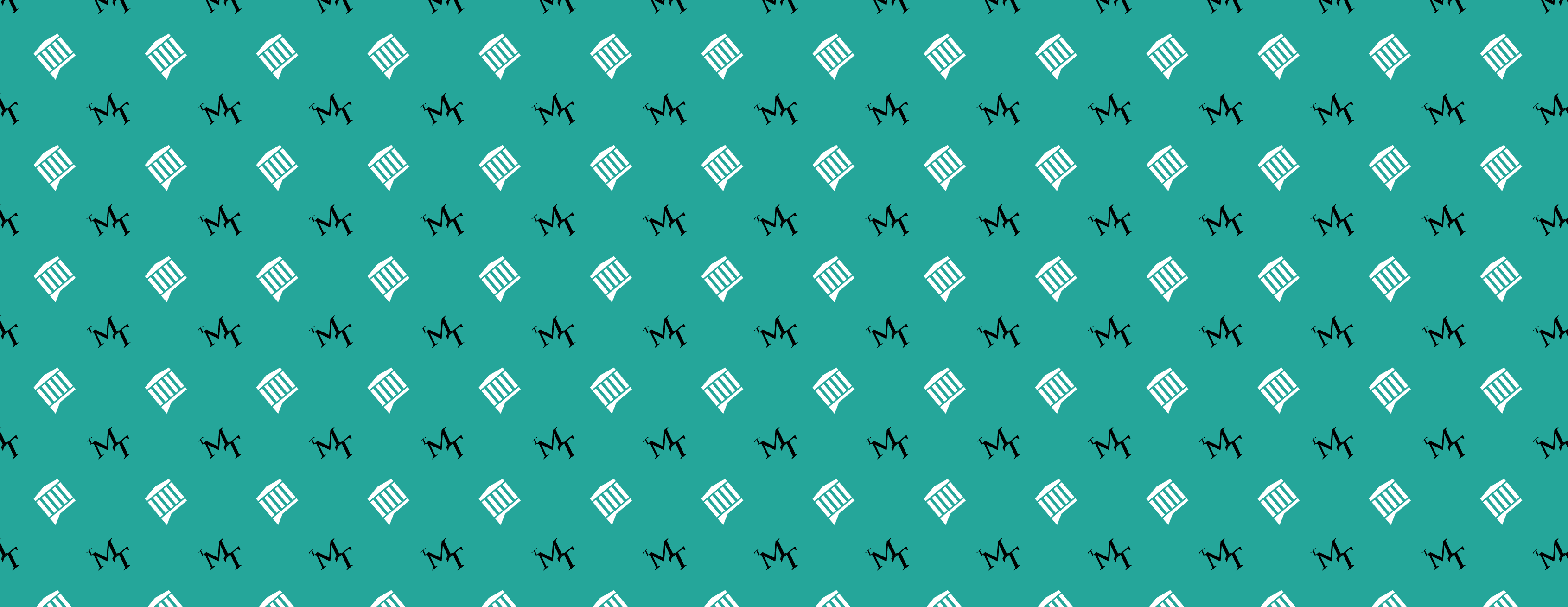
Our Interview with The Museum Technologist
If you don’t know him already, please meet Robert Weisberg, the brilliant mind behind The Museum Technologist. When not writing about museums, tech and org culture (sometimes also here and there), Rob is a Sr. Project Manager in the Publications and Editorial department at The Metropolitan Museum of Art in NYC. And, this past year, he tirelessly served as program co-chair for the Museum Computer Network conference.
Rob and CultureConnect’s CEO, Samantha Diamond, sat down for a in-depth chat about museums, technology and ch-ch-change. Below are a few excerpts but you can find the full interview here.
RJW: What do you see as the connection between cultural and entrepreneurial work?
SD: I was captivated by the idea that innovative technologies could have an impact on society and was attracted to both the challenges and the pace of building something new. I deeply believe in the importance of arts in education and the role that museums play in communities as centers for lifelong learning (other than libraries, are there any other institutions that educate and enrich a person throughout their entire life?!). CultureConnect is a manifestation of all of these drivers — we developed a truly new, innovative technology that helps museums connect with more visitors in a meaningful and relevant way both in and out of the museum.
I love the balance of my work because it’s mission-driven, innovative, and entrepreneurial.
In terms of a connection between cultural and entrepreneurial work, I think the cultural space is in a unique position to innovate. The physical collection, stories, the scholarship behind them, staff expertise, and access to a wide-ranging public audience makes for an unbeatable mix of resources with which to experiment, create, and innovate. And non-profits (in “terms” used to describe startups) are extremely resourceful (“scrappy”) in doing a lot with limited budgets and resources, rallying (“pitching”) their communities to collaborate or funders (“investors”) to support projects.
I deeply believe in the importance of arts in education and the role that museums play in communities as centers for lifelong learning.
RJW: And you were at a conference in Abu Dhabi [this past year].
SD: I was invited to participate and speak at the CultureSummit, organized by Foreign Policy magazine and the government of the United Arab Emirates. The participants were a mix of extraordinary artists and performers as well as people who work in government and the arts from around the world – from Madeline Albright, who spoke about cultural diplomacy to the head of UNESCO who discussed historic preservation.
I was on a panel called “The Unintended Consequences of Technological Change” with two executives from arts centers, and the questions we heard were along the lines of, “is technology threatening the in-person experience?” And maybe we surprised the moderator when all three of us took optimistic positions! I said we shouldn’t take an adversarial approach to technology in museums, but we should think of it as additive and cumulative — the book and the movie inspired by the book are not in competition with each other!
RJW: Another false dichotomy!
SD: Right! People in museums so often worry they have to do something in digital and that they’re going to mess it up and alienate their visitors. I try to assuage their fears and say, hey, there really is a way to do this thoughtfully and intentionally and successfully. And here’s all the ways that you can feel like you’re not jumping off a cliff.
We shouldn’t take an adversarial approach to technology in museums, but we should think of it as additive and cumulative.
RJW: Is there any particular technology you’re excited about right now?
SD: I’m really passionate about 3-D digital models. One of my philosophies at CultureConnect is that we take cutting-edge technologies and make them broadly accessible to museums. The technology of modeling 3-D objects — scanning objects and building models that you can rotate from all angles — has advanced to a point where it can become mainstream in the museum space. We launched a project this spring with the New-York Historical Society that included a bunch of 3-D scans. We had the objects laser-scanned and photographed to make an interactive object instead of just having visitors look at 2-D images. And that’s just the beginning. You can do so many things with 3-D, including printing and VR. I’m just nerding out so hard on this technology and we’re becoming experts in this now.
Here’s a bit more about The Museum Technologist, published on Medium. Read the full interview and dialogs with other MuseTech leaders here.